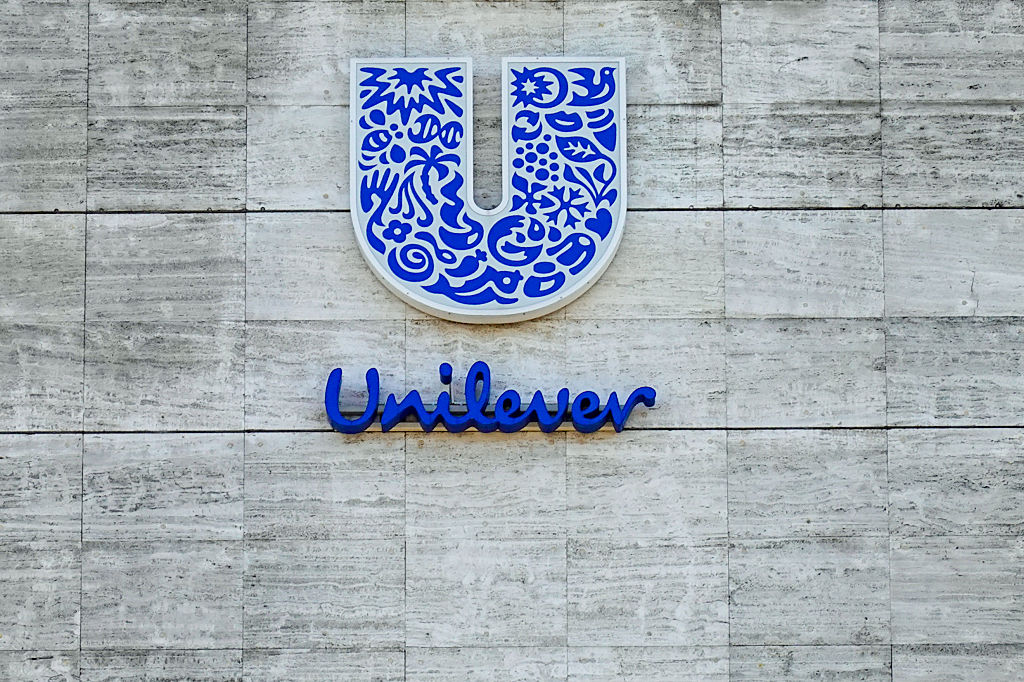Great frauds in history: Gerard Lee Bevan’s dangerous debts
Gerard Lee Bevan bankrupted a stockbroker and an insurer, wiping out shareholders and partners alike.

Gerard Lee Bevan was born in London in 1869 and, after studying at Eton and Cambridge, took a job as a clerk at Barclay, Bevan, Tritton, Ransom & Bouverie (which later become Barclays bank). He was later a junior partner with stockbroker Ellis & Co in 1894. By 1912, he was effectively running the brokerage as its senior partner. In 1916 he bought a large stake in the City Equitable Fire Insurance Company from the notorious company promoter Clarence Hatry, becoming its chairman. He was also appointed director of several companies.
What was the scam?
Bevan’s appointment as chairman gave him control of the money that City Equitable received in premiums. Instead of putting it in low-risk assets, such as gilts (government bonds), which can easily be liquidated in order to pay out claims, he lent large sums to Ellis & Co, which was investing in various dubious schemes, including several companies floated by Hatry. City Equitable also directly invested in the same companies. In order to conceal these dubious loans and investments, Bevan manipulated the accounts and engaged in outright fraud to give the false impression that most of City Equitable’s money was still invested in gilts.
What happened next?
In the stockmarket boom following World War I, it briefly seemed like Bevan’s strategy would pay off. However, when the market started to collapse in 1920, many of the shares that Ellis had invested in plunged in value and it became obvious that Ellis couldn’t repay its loans. Many of the investments were also illiquid. As a result, City Equitable was unable to meet its insurance claims and was forced to declare bankruptcy in early 1921. After running away to the continent, Bevan was arrested, extradited, convicted of fraud and sentenced to jail for seven years, later dying in poverty in Cuba.
MoneyWeek
Subscribe to MoneyWeek today and get your first six magazine issues absolutely FREE

Sign up to Money Morning
Don't miss the latest investment and personal finances news, market analysis, plus money-saving tips with our free twice-daily newsletter
Don't miss the latest investment and personal finances news, market analysis, plus money-saving tips with our free twice-daily newsletter
Lessons for investors
The £910,000 in loans to Ellis & Co (£40.2m in today’s money), combined with around £400,000 in dubious investments (£17.8m), resulted in the bankruptcy of both institutions, wiping out shareholders and Bevan’s partners alike. Bevan failed to appreciate the dangers of taking on too much leverage and the need for an appropriate degree of liquidity. Modern insurance companies do invest in shares (and even private equity), but they still have around three-quarters of their assets on average in bonds and cash.
Get the latest financial news, insights and expert analysis from our award-winning MoneyWeek team, to help you understand what really matters when it comes to your finances.

-
 PayPoint: A promising stock for income-seekers
PayPoint: A promising stock for income-seekersPayPoint, a household name across Britain, is moving away from its traditional roots toward a digital future. Investors after a steady income should buy in
-
 Invest in forestry: a tax-efficient way to grow your wealth
Invest in forestry: a tax-efficient way to grow your wealthRecord sums are pouring into forestry funds. It makes sense to join the rush, says David Prosser
-
 Investing in forestry: a tax-efficient way to grow your wealth
Investing in forestry: a tax-efficient way to grow your wealthRecord sums are pouring into forestry funds. It makes sense to join the rush, says David Prosser
-
 The MoneyWeek investment trust portfolio – early 2026 update
The MoneyWeek investment trust portfolio – early 2026 updateThe MoneyWeek investment trust portfolio had a solid year in 2025. Scottish Mortgage and Law Debenture were the star performers, with very different strategies
-
 Pundits had a bad 2025 – here's what it means for investors
Pundits had a bad 2025 – here's what it means for investorsThe pundits came in for many shocks in 2025, says Max King. Here is what they should learn from them
-
 New year, same market forecasts
New year, same market forecastsForecasts from banks and brokers are as bullish as ever this year, but there is less conviction about the US, says Cris Sholto Heaton
-
 The shape of yields to come
The shape of yields to comeCentral banks are likely to buy up short-term bonds to keep debt costs down for governments
-
 A change in leadership: Is US stock market exceptionalism over?
A change in leadership: Is US stock market exceptionalism over?US stocks trailed the rest of the world in 2025. Is this a sign that a long-overdue shift is underway?
-
 A reckoning is coming for unnecessary investment trusts
A reckoning is coming for unnecessary investment trustsInvestment trusts that don’t use their structural advantages will find it increasingly hard to survive, says Rupert Hargreaves
-
 British blue chips offer investors reliable income and growth
British blue chips offer investors reliable income and growthOpinion Ben Russon, portfolio manager and co-head UK equities, ClearBridge Investments, highlights three British blue chips where he'd put his money